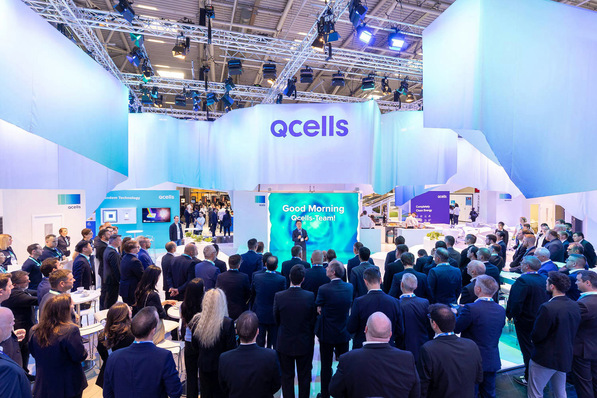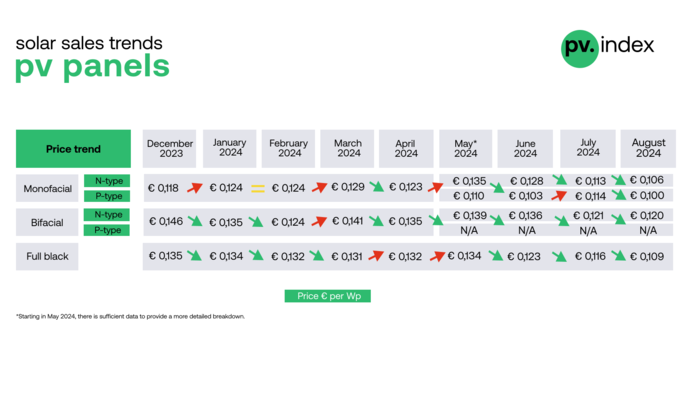Renewable energy progress at the subnational level is the most important U.S. energy policy trend. Most electricity policy decisions are made at the state level, not in Washington, D.C. Innovative states like Minnesota have been enacting legislative and regulatory policies that have established us as national leaders in renewable energy generation.
23 percent renewable power - 700 MW PV installed
Here are the results: Minnesota today generates 23 percent of its electricity from renewable energy, thanks to our renewable energy standard set back in 2007, aided by big price declines in wind and solar. Utilities have moved from only 5 percent renewables in 2004, ramping up low cost wind generation and retiring early some of their oldest, uneconomic coal-fired units. The state’s biggest utility, Xcel Energy, will achieve 30 percent renewables by 2022, and has set a goal of 60 percent renewables by 2030. Their Minnesota system will then be 85 percent carbon-free. Minnesota added enough solar panels in 2017 to power about 53,000 homes. The state's overall capacity is now at more than 700 megawatts, up from just 37 MW at the end of 2015. We expect to see over US $1billion in solar investment in the state by 2020. Minnesota has a goal to reach 10 percent solar electricity by 2030, which translates to 6 GW of solar.
Community solar on the rise
Minnesota is home to the largest community solar program in the U.S., which allows access for residents, businesses, and municipalities without having to install solar panels on their own roof or property. Instead, customers subscribe to solar “gardens”, larger arrays that are developed and run by independent companies that connect to the power grid. Community solar customers receive a monthly bill credit; customers can participate even if they are renters or do not have a sunny rooftop. Minnesota’s community solar gardens were launched as a result of policy shaped by Fresh Energy. This transformational program is just three years old, and grew six-fold in 2017, adding enough solar electricity to power 32,000 homes. Xcel Energy grew its community solar from 10 projects to 58 projects (totaling 211 MW). In the first half of 2018, Xcel will switch on another 69 community (an additional 240 MW).
Solar sites create habitat for pollinators
It has been standard practice for the land on solar sites to be gravel or lawn grass. That changed in 2016, when Fresh Energy, Audubon Minnesota, the Minnesota Corn Growers Association and the Minnesota Farmers Union worked with business leaders to establish the nation’s first statewide standard for vegetation on solar sites. Solar developers are embracing the policy to shift land cover to native prairie grasses and perennial plants that create habitat for pollinators, improve water quality, and make solar projects much more aesthetically pleasing for the community.

What’s coming next
Federal outlook: Solar developers face hard times about imposed solar module tariffs and tax disadvantages for the industry at the U.S. federal level. We expect the new solar project volume in Minnesota to be low in 2018.
Community solar: We’re making new progress in expanding access to low-income people and those who live in rental housing. One pilot project would pair energy efficiency improvements with community solar subscriptions in a low-income neighborhood. As regulators review the proposal, Fresh Energy is pushing for this model to be expanded to serve neighborhoods across the state.

Solar+Storage: To accelerate progress, we need cost-competitive advances that allow solar energy coupled with energy storage to transform the electricity market. In Minnesota, battery energy storage is forecast to beat peaking natural gas on price in the early 2020s, which will help us move forward faster with solar.
Funded research: Minnesota has secured federal grant funding through 2019 to advance solar. The goal is maximizing the benefits of solar electricity, including evaluating the technical and economic potential for solar over the next 10-50 years. The state is working with utilities, businesses, and other partners to better understand how new technologies can increase the grid’s ability to host solar energy in Minnesota, and study policy and rate designs to reach solar goals. (JH/HCN)
Stay informed, get our free newsletter twice a week. Register here.
More useful information:
https://www.pveurope.eu/solar-modules/eu-parliament-pushes-prosumers-and-solar







